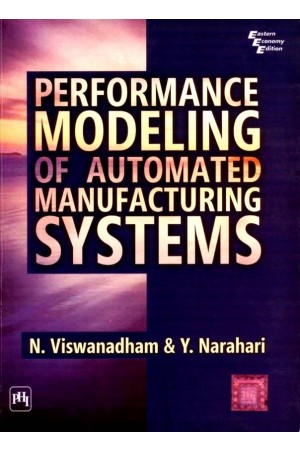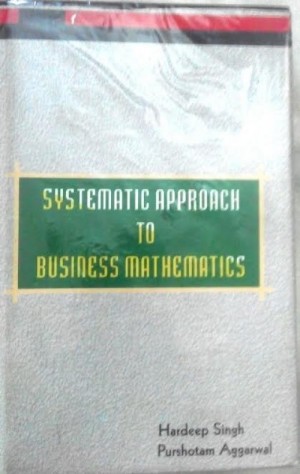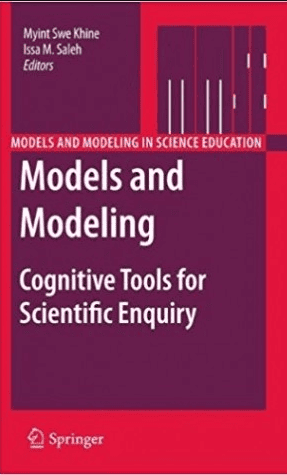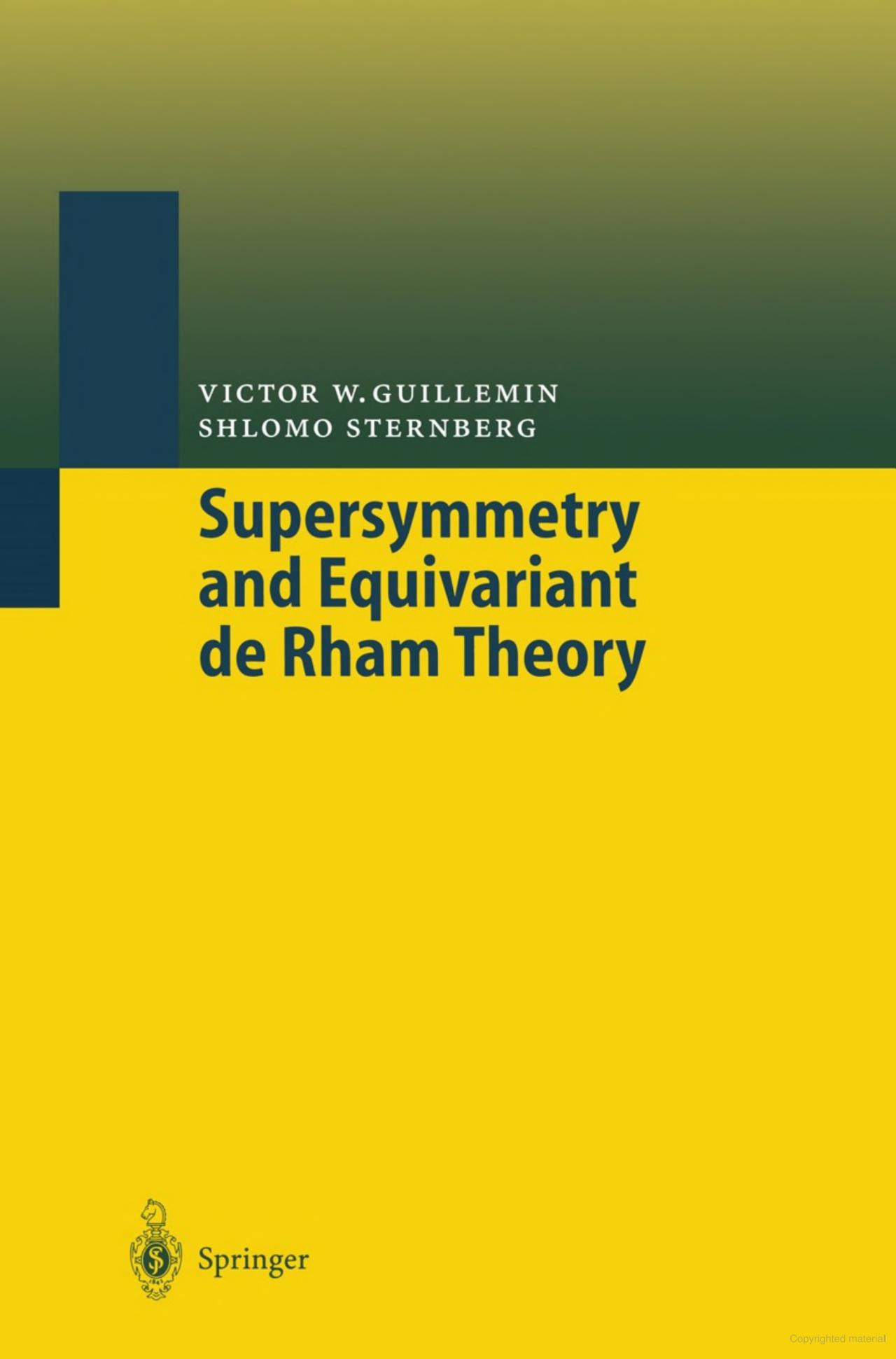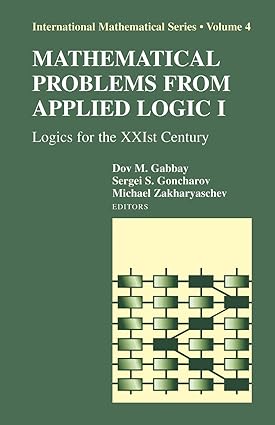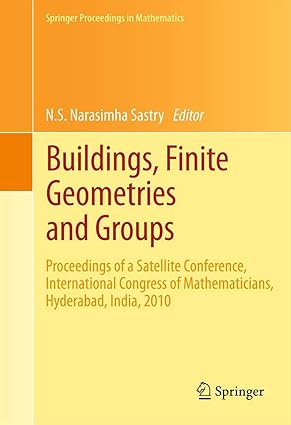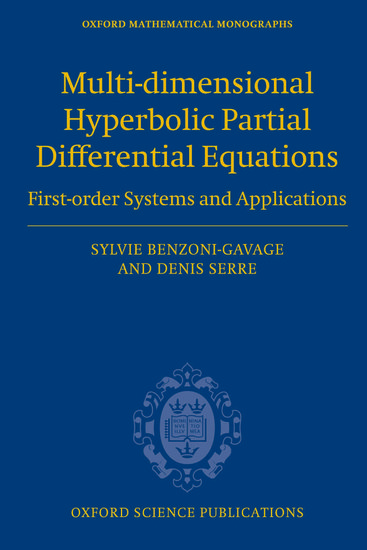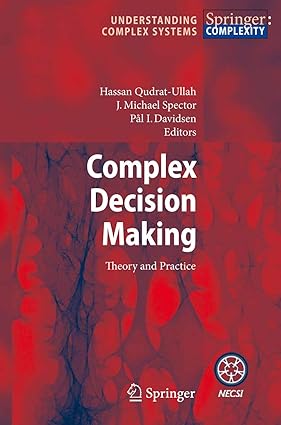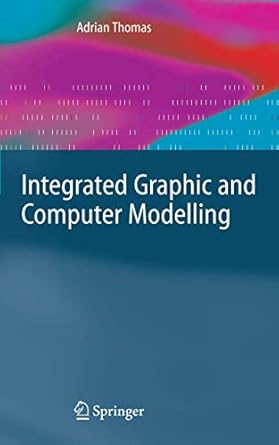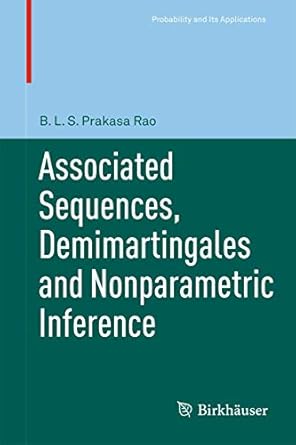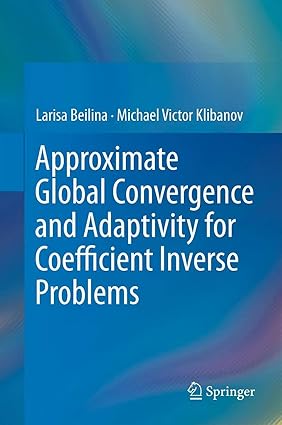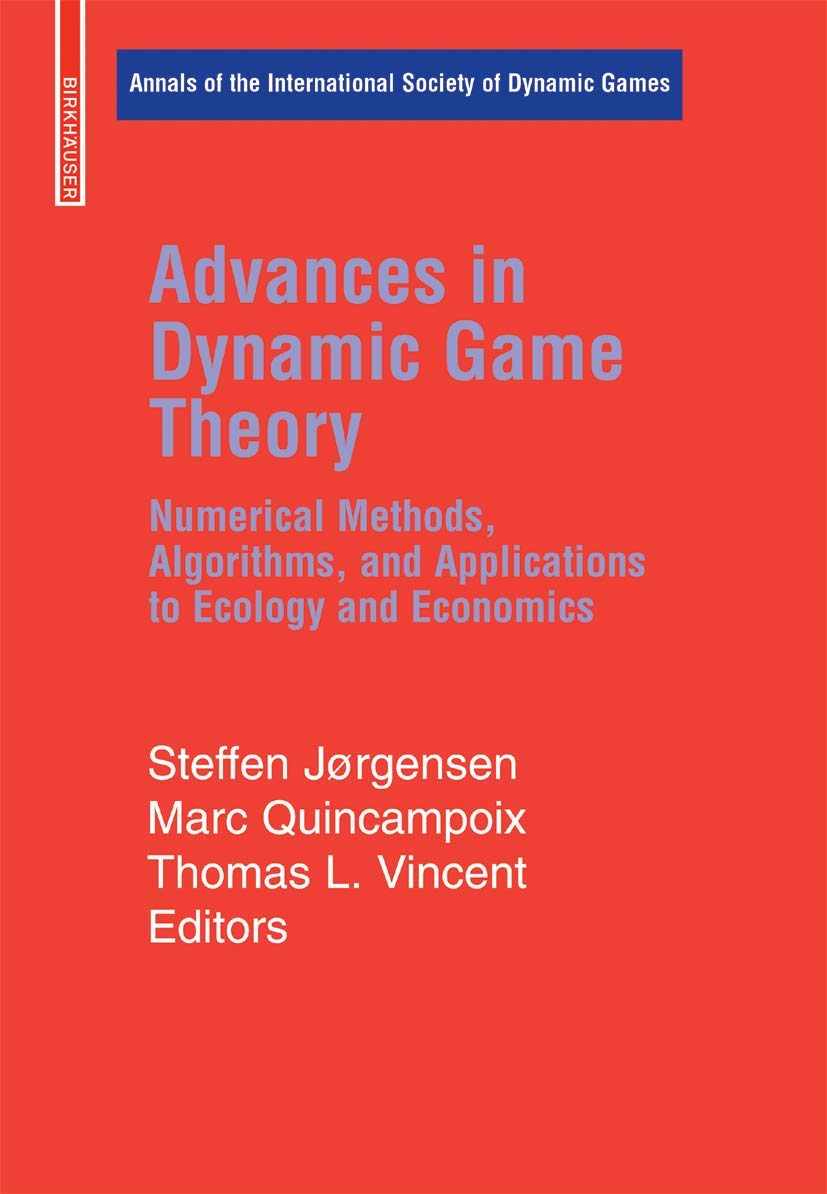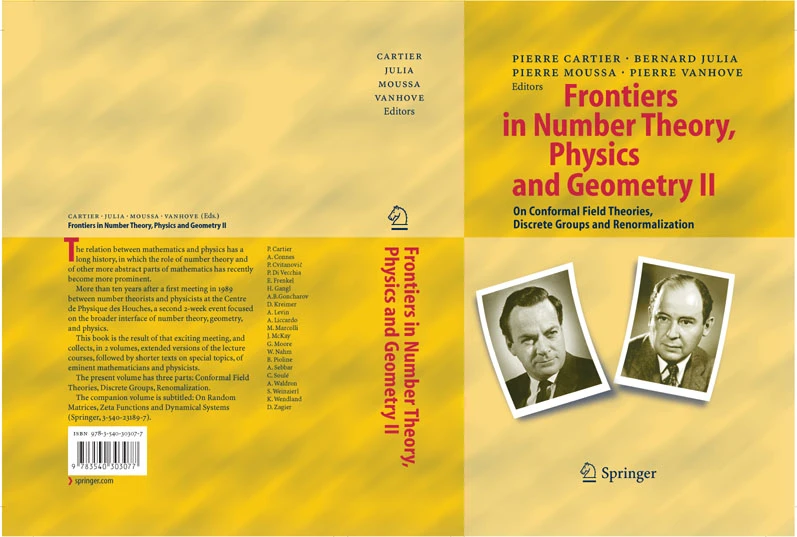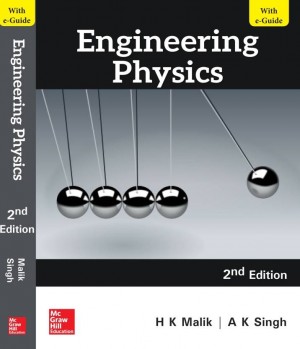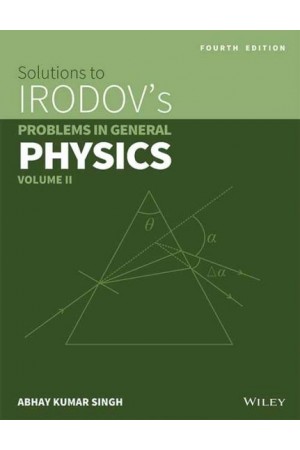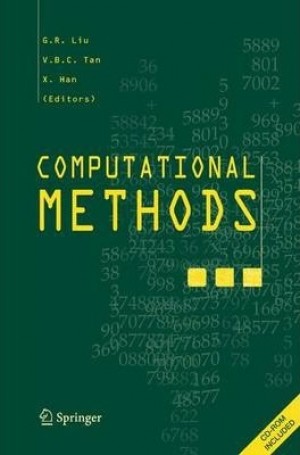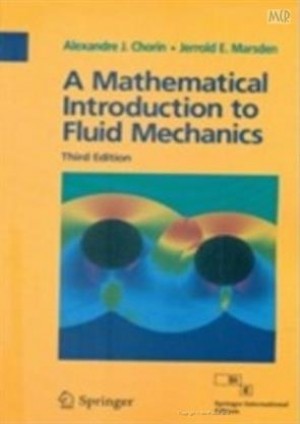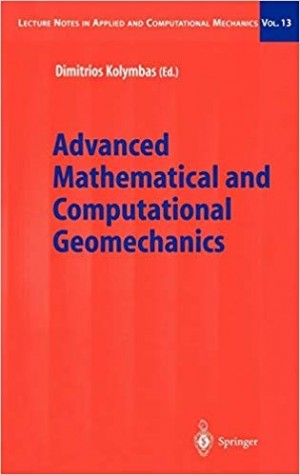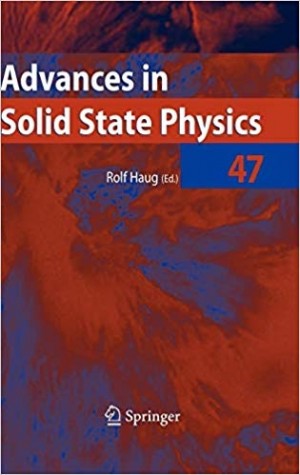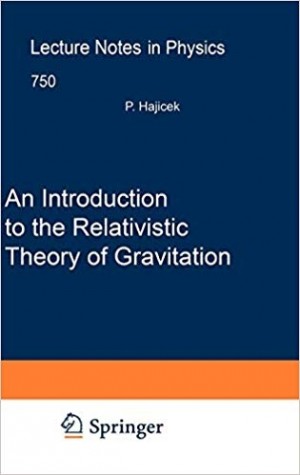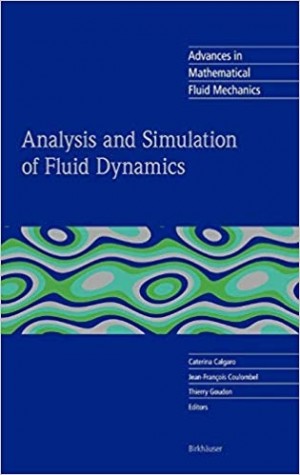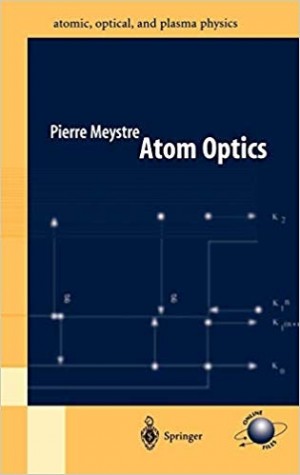- Online Book Store
- Wishlist
- Blogs
- Contact Us
- Login / Register
-
Subjects
- Agriculture
- Anthropology
- Architecture
- Ayurveda
- Chemistry
- Children Books
- Commerce / Economics / Management
- Competition / Placement
- Computer
- Education
- Encyclopedia / Reference / General
- Engineering & Technology
- English Literature / Language
- Environmental Science
- Food & Home Science
- Geography
- Geology
- Hindi
- History
- Home Page Book
- Home Science
- Hospital Management
- Journalism / Mass Communication
- Journals
- Law
- Library & Information Science
- Life Sciences / Biotechnology
- Material Science
- Mathematics
- Medical/Nursing/Hospital/Pharmaceutical
- Physics
- Political Science
- Psychology
- Rare Books
- Religion
- Research Method
- Sanskrit / Indology
- School Book
- Social Work
- Sociology
- Water Science
- Women Studies
- Yoga / Sports / Health
- Yoga,
- Home
-
Subjects
- Agriculture
- Anthropology
- Architecture
- Ayurveda
- Chemistry
- Children Books
- Commerce / Economics / Management
- Competition / Placement
- Computer
- Education
- Encyclopedia / Reference / General
- Engineering & Technology
- English Literature / Language
- Environmental Science
- Food & Home Science
- Geography
- Geology
- Hindi
- History
- Home Page Book
- Home Science
- Hospital Management
- Journalism / Mass Communication
- Journals
- Law
- Library & Information Science
- Life Sciences / Biotechnology
- Material Science
- Mathematics
- Medical/Nursing/Hospital/Pharmaceutical
- Physics
- Political Science
- Psychology
- Rare Books
- Religion
- Research Method
- Sanskrit / Indology
- School Book
- Social Work
- Sociology
- Water Science
- Women Studies
- Yoga / Sports / Health
- Yoga,
- About
- New Releases
- Catalogue
- Events
- Institution / Universities / Colleges
- Publish With Us
- Authors
- Home
-
Subjects
- Architecture
- Computer
- Anthropology
- Agriculture
- Ayurveda
- Chemistry
- Children Books
- Competition / Placement
- Commerce / Economics / Management
- Education
- Encyclopedia / Reference / General
- English Literature / Language
- Environmental Science
- Geography
- Geology
- Hindi
- Home Science
- Hospital Management
- History
- Journalism / Mass Communication
- Law
- Library & Information Science
- Life Sciences / Biotechnology
- Mathematics
- Physics
- Political Science
- Psychology
- Religion
- Research Method
- Sanskrit / Indology
- Sociology
- Social Work
- Women Studies
- Yoga / Sports / Health
- Home Page Book
- Rare Books
- Journals
- Yoga,
- Engineering & Technology
- Food & Home Science
- Material Science
- Water Science
- Medical/Nursing/Hospital/Pharmaceutical
- School Book
- About
- New Releases
- Events
- Catalogues
- Institution / Universities / Colleges
- Publish With Us
- Authors
Introduction to Numerical Methods for Time Dependent Differential Equations
Introduction to Numerical Methods for Time Dependent Differential Equations
- Availability: In 1 Stock
- Be the first to review this product
About the Book
Introduces both the fundamentals of time dependent differential equations and their numerical solutions
Introduction to Numerical Methods for Time Dependent Differential Equations delves into the underlying mathematical theory needed to solve time dependent differential equations numerically. Written as a self-contained introduction, the book is divided into two parts to emphasize both ordinary differential equations (ODEs) and partial differential equations (PDEs).
Beginning with ODEs and their approximations, the authors provide a crucial presentation of fundamental notions, such as the theory of scalar equations, finite difference approximations, and the Explicit Euler method. Next, a discussion on higher order approximations, implicit methods, multistep methods, Fourier interpolation, PDEs in one space dimension as well as their related systems is provided.
Introduction to Numerical Methods for Time Dependent Differential Equations features:
- A step-by-step discussion of the procedures needed to prove the stability of difference approximations
- Multiple exercises throughout with select answers, providing readers with a practical guide to understanding the approximations of differential equations
- A simplified approach in a one space dimension
- Analytical theory for difference approximations that is particularly useful to clarify procedures
Introduction to Numerical Methods for Time Dependent Differential Equations is an excellent textbook for upper-undergraduate courses in applied mathematics, engineering, and physics as well as a useful reference for physical scientists, engineers, numerical analysts, and mathematical modelers who use numerical experiments to test designs or predict and investigate phenomena from many disciplines.
Contents:
PART I ORDINARY DIFFERENTIAL EQUATIONS AND THEIR APPROXIMATIONS
1 First Order Scalar Equations 3
1.1 Constant coefficient linear equations 3
1.1.1 Duhamel’s principle 8
1.1.2 Principle of frozen coefficients 10
1.2 Variable coefficient linear equations 10
1.2.1 The principle of superposition 10
1.2.2 Duhamel’s principle for variable coefficients 12
1.3 Perturbations and the concept of stability 13
1.4 Nonlinear equations: the possibility of blowup 17
1.5 The principle of linearization 20
2 The Method of Euler 23
2.1 The explicit Euler method 23
2.2 Stability of the explicit Euler method 25
2.3 Accuracy and truncation error 27
2.4 Discrete Duhamel’s principle and global error 28
2.5 General onestep methods. 31
2.6 How to test the correctness of a program 32
2.7 Extrapolation 34
3 Higher Order Methods 37
3.1 The secondorder Taylor method 37
3.2 Improved Euler’s method 39
3.3 Accuracy of the computed solution 40
3.4 RungeKutta methods 44
3.5 Regions of stability 48
3.6 Accuracy and truncation error 51
3.7 Difference approximations for unstable problems 52
4 The Implicit Euler Method 55
4.1 Stiff equations 55
4.2 The implicit Euler method 58
4.3 A simple variable step size strategy 63
5 Two Step and Multistep Methods 67
5.1 Multistep methods 67
5.2 The leapfrog method 68
5.3 Adams methods 72
5.4 Stability of multistep methods 74
6 Systems of Differential Equations 77
PART II PARTIAL DIFFERENTIAL EQUATIONS AND THEIR APPROXIMATIONS
7 Fourier Series and Interpolation 83
7.1 Fourier expansion 83
7.2 The L2norm and scalar product 89
7.3 Fourier interpolation 92
7.3.1 Scalar product and norm for 1periodic grid functions 93
8 1periodic Solutions of Time Dependent PDE... 95
8.1 Examples of equations with simple wave solutions 95
8.1.1 The oneway wave equation 95
8.1.2 The heat equation 96
8.1.3 The wave equation 97
8.2 Discussion of well posed problems for time dependent PDE... 98
8.2.1 First order equations 98
8.2.2 Second order (in space) equations 100
8.2.3 General equation 101
8.2.4 Stability against lower order terms and systems of equations 102
9 Approximations of 1periodic Solutions of PDE 105
9.1 Approximations of space derivatives 105
9.1.1 Smoothness of the Fourier interpolant 108
9.2 Differentiation of Periodic Functions 109
9.3 The method of lines 110
9.3.1 The oneway wave equation 110
9.3.2 The heat equation 113
9.3.3 The wave equation 115
9.4 Time Discretizations and Stability Analysis 116
10 Linear InitialBoundary Value Problems 119
10.1 Well Posed InitialBoundary Value Problems 119
10.1.1 The heat equation on a strip 120
10.1.2 The oneway wave equation on a strip 122
10.1.3 The wave equation on a strip 124
10.2 The method of lines 126
10.2.1 The heat equation 126
10.2.2 Finite differences algebra 130
10.2.3 General parabolic problem 131
10.2.4 The oneway wave equation 134
10.2.5 The wave equation 135
11 Nonlinear Problems 137
11.1 Initialvalue problems for ODE 138
11.2 Existence theorems for nonlinear PDE 141
11.3 A nonlinear example: Burgers’ equation 145
| Title |
Introduction to Numerical Methods for Time Dependent Differential Equations |
| Author | Heinz-Otto Kreiss |
| ISBN |
978-1-118838914 |
| Publishers | Wiley |
| Year | 2014 |
| Edition | Ist. |
| Pages | 176+13 |
| Binding | Hardbound |
No Tag(s).
Bought a Product, Please login & give your review !!
No Review(s).
Bought a Product, Please login & give your review !!






